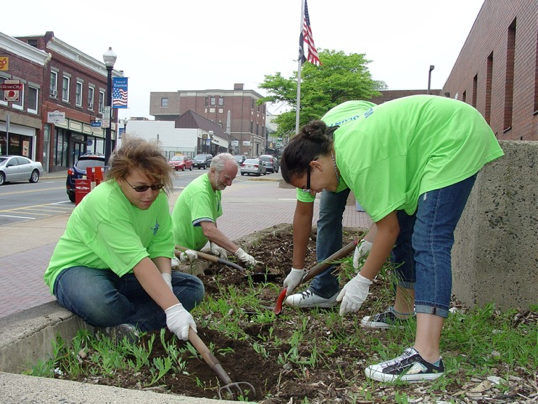An issue with public safety and spending is the way that it has not influenced crime rates. For example, studies have found that police unions and police pay does not affect crime rates. The same goes for consolidating police departments. Mass incarceration, which has become a popular choice for public safety, has also not affected crime rates. Private prisons also do not affect crime rates, either. What does appear to affect crime rates is local, community-level policing.
Segregated and impoverished communities need BID
 Communities with the highest crime rates are segregated neighborhoods that also suffer from poverty. The best cure for these areas is not increased policing or mandatory sentencing, but when communities decide to invest in business improvement districts (BID). Investing in poor communities happens when local property owners choose to pay for the policing and development on their own.
Communities with the highest crime rates are segregated neighborhoods that also suffer from poverty. The best cure for these areas is not increased policing or mandatory sentencing, but when communities decide to invest in business improvement districts (BID). Investing in poor communities happens when local property owners choose to pay for the policing and development on their own.
With the role of BIDs, public safety spending alone does not solely reduce the crime rate in impoverished and segregated neighborhoods. Crime rates also decrease when money is spent locally rather than at a centralized level. In a nutshell, crime rates drop when public safety is local, decentralized, and civilianized – it all depends on the relationships built between citizens in the neighborhoods and the public safety workers who help their neighborhoods flourish. These are the best ways to increase safety in segregated, impoverish neighborhoods.


